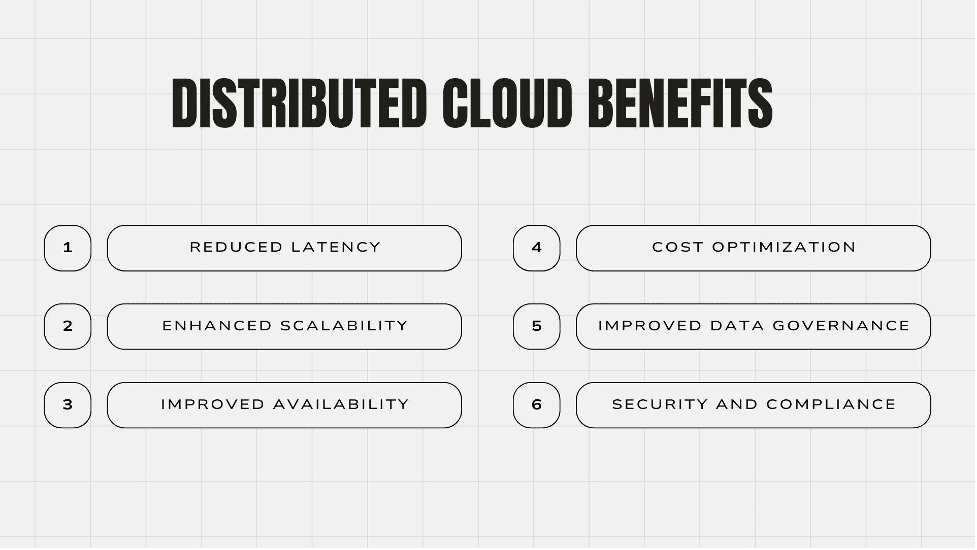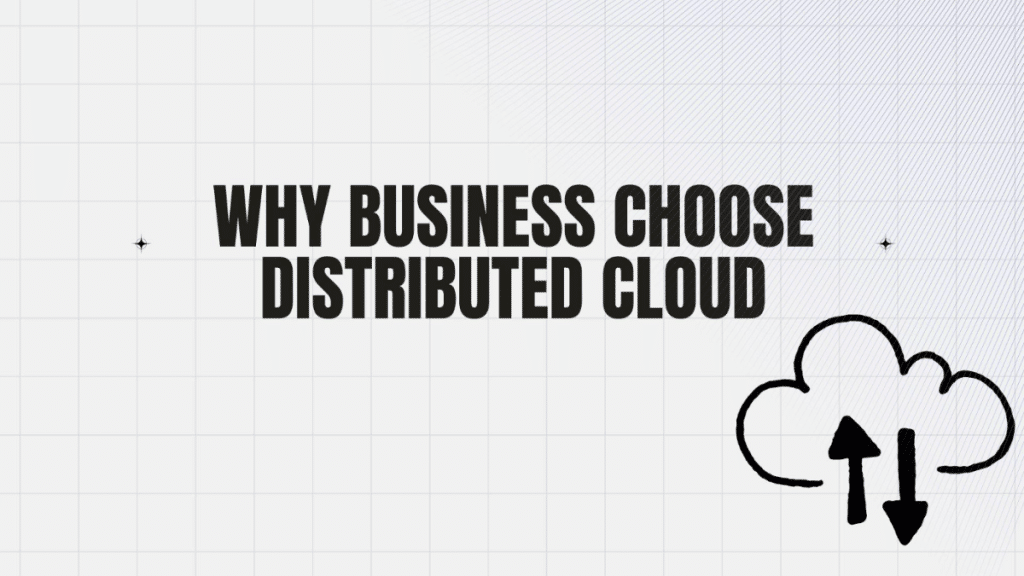In this article, prepared by Leobit is a full-cycle .NET, web, mobile, and cloud software development outsourcing company, we explore why businesses choose distributed clouds to improve their efficiency. In today’s business world, distributed clouds have gained even more popularity among leading global enterprises, including companies like SoundCloud, Netflix, Amazon, and many others. Once limited to sectors such as trade and banking, this transformative technology is now being utilized across various industries.
Distributed clouds refer to a cloud computing model where computing resources are spread across multiple geographic locations. This allows businesses to access a network of interconnected data centers, enhancing scalability, reliability, and performance while reducing latency. Essentially, it enables organizations to deploy applications and store data across diverse locations, offering flexibility and resilience in managing their digital infrastructure.
To build a robust distributed cloud ecosystem it is crucial to hire azure application developer, or specialist based on business cloud computing platforms ( Amazon Web Services (AWS), Microsoft Azure, Google Cloud Platform (GCP), and others). Experienced cloud development team can contribute by designing and implementing scalable and flexible distributed cloud architectures tailored to the specific needs of businesses. This involves utilizing technologies such as containerization, microservices, and orchestration tools like Kubernetes to ensure seamless deployment and management of distributed applications across cloud environments.
One of the most recent adopters of Distributed Cloud technology is McDonald’s, which has entered into a multi-year agreement with Google Cloud Platform. Under this partnership, McDonald’s will leverage Google’s hardware, data, and AI capabilities across its restaurants. The company will implement Edge computing solutions from Google by deploying the Google Distributed Cloud on-premise at its restaurant locations.
“Connecting our restaurants worldwide to millions of data points across our digital ecosystem means tools get sharper, models get smarter, restaurants become easier to operate, and most importantly, the overall experience for our customers and crew gets even better.” – said Brian Rice, McDonald’s EVP and global CIO.
Benefits of Choosing Distributed Clouds:

Reduced Latency: by distributing computing resources across multiple geographic locations, distributed clouds minimize latency and load times for internet services. This ensures faster access to applications and data for users worldwide, improving overall user experience and efficiency.
Enhanced Scalability: flexibility enables organizations to adapt quickly to changing market conditions, seasonal fluctuations, or unexpected spikes in traffic without compromising performance or incurring excessive costs.
Improved Availability: distributed cloud architectures helps minimize the impact of hardware failures or disruptions in any single location, ensuring continuous operation and business continuity.
Cost Optimization: by deploying resources closer to where they are needed, companies can also minimize data transfer fees, network traffic, bandwidth costs, and optimizing resource utilization, ultimately leading to more efficient use of IT budgets.
Improved Data Governance: distributed clouds enable geographic optimization by placing data and computing resources closer to end-users. This proximity reduces data transfer times and improves performance, particularly for geographically dispersed teams or customers.
Security and Compliance: while no system can guarantee absolute security, distributed clouds offer enhanced security measures by distributing data and workload across multiple locations. This reduces the risk of a single point of failure and enhances resilience against potential security threats or breaches.
Possible Challenges of Managing Distributed Clouds
Managing distributed cloud environments presents several challenges, including complexity in coordinating resources across multiple locations, ensuring data consistency. The distributed nature of the infrastructure complicates network configurations and data synchronization, requiring sophisticated management strategies to maintain consistency and reliability.
Security concerns could be heightened due to the dispersed data and resources, necessitating robust measures to protect against threats and ensure compliance with regulations. Overall, addressing these challenges requires a comprehensive approach that balances technical expertise, strategic planning, and continuous monitoring to ensure the effectiveness and reliability of distributed cloud environments.
Conclusions
The complexities and challenges introduced by distributed cloud environments for enterprises are not insurmountable. Collaborating with trusted partners enables enterprises to effectively manage and secure their distributed cloud environments with greater efficiency, unlocking numerous benefits. By embracing this approach, businesses can capitalize on enhanced scalability, improved performance, and geographic optimization, among other advantages. This collaborative approach aids businesses in mitigating risks more effectively and enhancing their overall security, while also maximizing the advantages offered by distributed cloud architectures.
